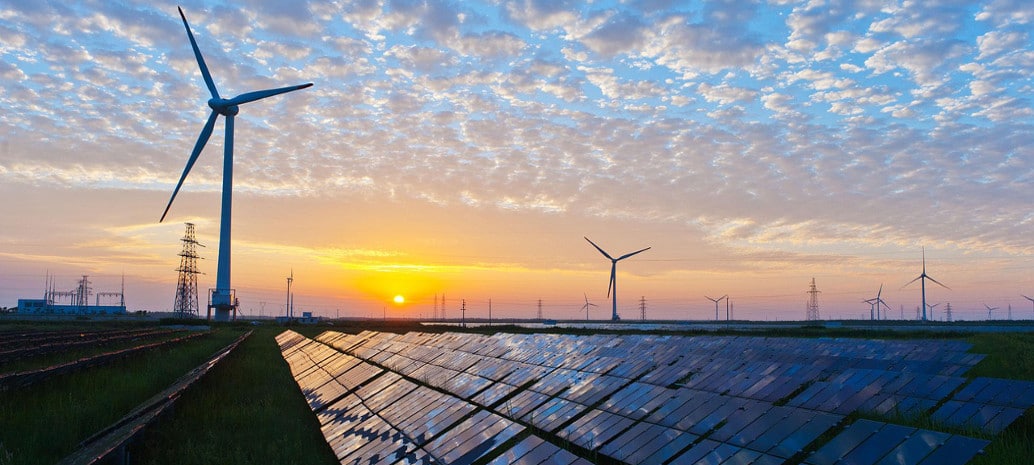The strain on the tax equity market for renewable energy projects is not expected to change any time soon, just change its appearance. That was the view of experts who took part in the American Council On Renewable Energy’s (ACORE) Capital Flows and Tax Equity in a Climate-Focused Economy panel discussion on June 15.
The panel was moderated by Kieth Martin a partner with Norton Rose Fulbright; and included commentary from Anad Dandapani, executive director with JP Morgan; Ja Kao, ACORE Board Member; Guarav Raniwala, managing director with GE Energy Financial Services; Himanshu Saxena, CEO of Starwood Energy Group; and Martin Torres, managing director and head of the Americas for BlackRock’s Renewable Power Group.
As far as tax equity is concerned, the name of the game is pandemic recovery and supply chain disruptions. The Covid-19 pandemic exacerbated the supply chain issues that have been affecting all industries since mid-2019. According to the panel, these issues are expected to continue for the next 24 months.
Tax equity challenges
Tax equity costs have also fluctuated widely over the past 24 months, as energy projects exhibit a larger range of risk and greater volatility than before. There is also an influx of niche or unexplored technologies that are likely to be advanced by the Biden administration, among them offshore wind and carbon capture. These technologies pose a problem, however, as tax equity investments are typically steered toward proven technologies that investors are familiar with, since these investors are risking their own capital.
One effective tool to alleviate this impending stress on tax equity markets would be implementation of a direct pay option for renewable energy tax credits, said Saxena.
Direct pay has been floated by the administration, backed by the Solar Energy Industries Association, and included in two key pieces of renewable infrastructure legislation: the Green Act and the Clean Energy for America Act. Direct pay also may simplify the economics of emerging technology projects like offshore wind and carbon capture. It would do so by allowing them to innovate quickly and become more economically mature and attractive for investment.
Enough demand?
Another concern is whether there will be enough electrical demand to meet the new supply, especially if states invest in nuclear plants and eventual carbon-capture retrofits of coal plants to keep them economically viable. Saxena said that carbon credits will not be enough to keep coal plants alive and that inefficient generation in all forms will go by the wayside. While many utilities are accelerating coal plant retirement dates, those dates don’t match the increased renewable capacities that are expected to come on-line.
For the remaining capacity difference, the panel agreed that electrification of transportation and industries will be looked upon to close the gap. The amount of electrification needed to achieve a carbon-free power sector by 2035, and a net zero-emissions economy by 2050, was estimated by the panel to increase national electricity demand by anywhere from 25-35%. Panel members warned, however, that those figures could be optimistically high.
This content is protected by copyright and may not be reused. If you want to cooperate with us and would like to reuse some of our content, please contact: editors@pv-magazine.com.









By submitting this form you agree to pv magazine using your data for the purposes of publishing your comment.
Your personal data will only be disclosed or otherwise transmitted to third parties for the purposes of spam filtering or if this is necessary for technical maintenance of the website. Any other transfer to third parties will not take place unless this is justified on the basis of applicable data protection regulations or if pv magazine is legally obliged to do so.
You may revoke this consent at any time with effect for the future, in which case your personal data will be deleted immediately. Otherwise, your data will be deleted if pv magazine has processed your request or the purpose of data storage is fulfilled.
Further information on data privacy can be found in our Data Protection Policy.